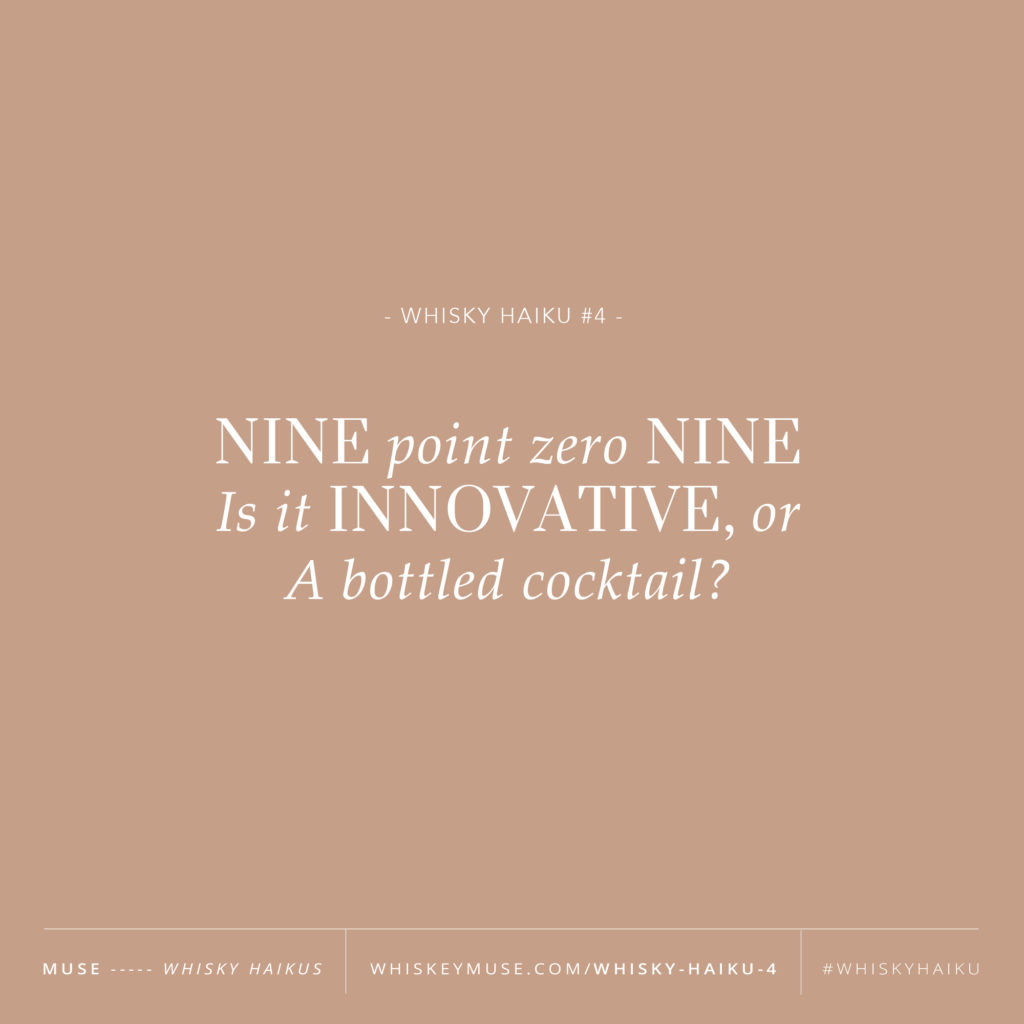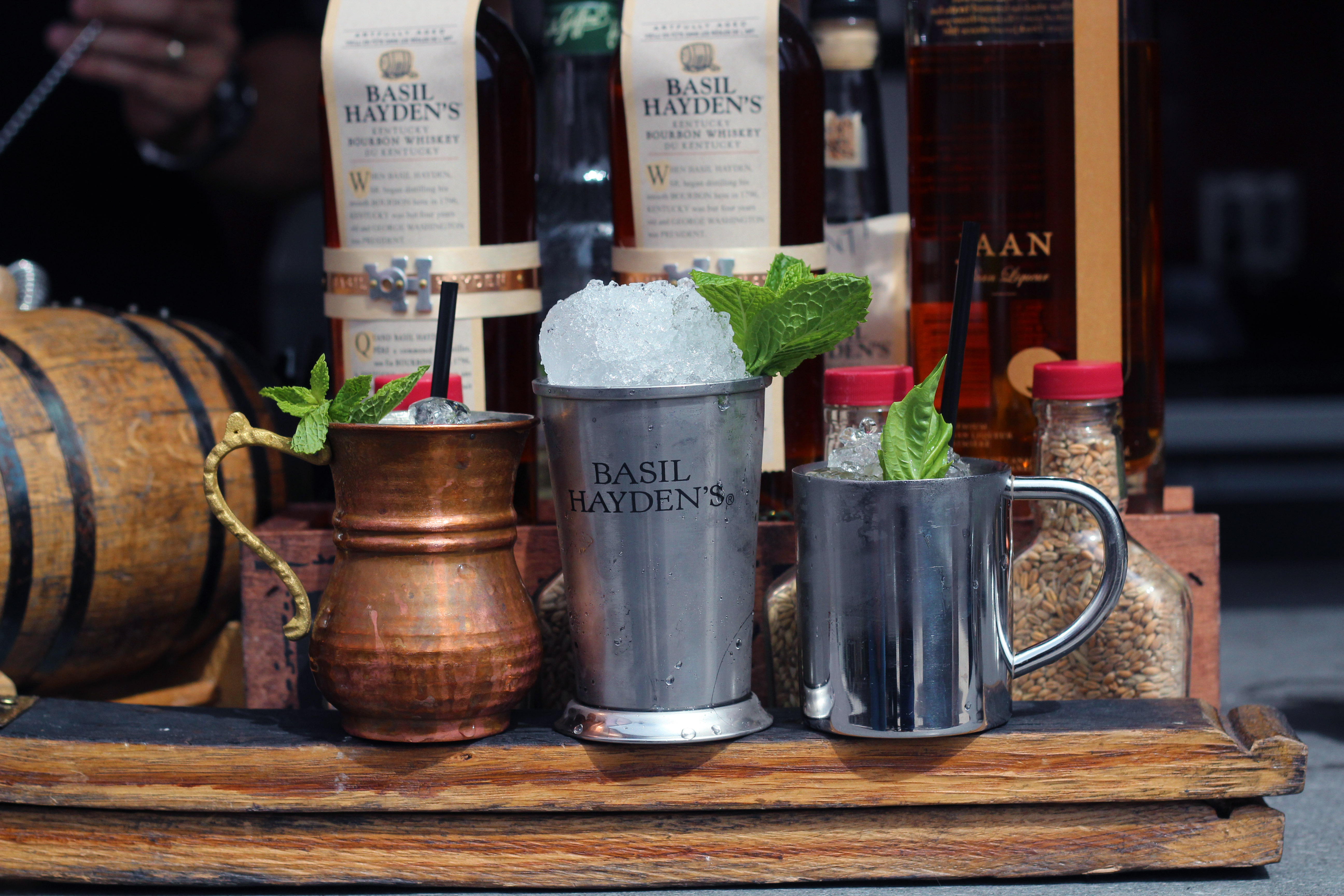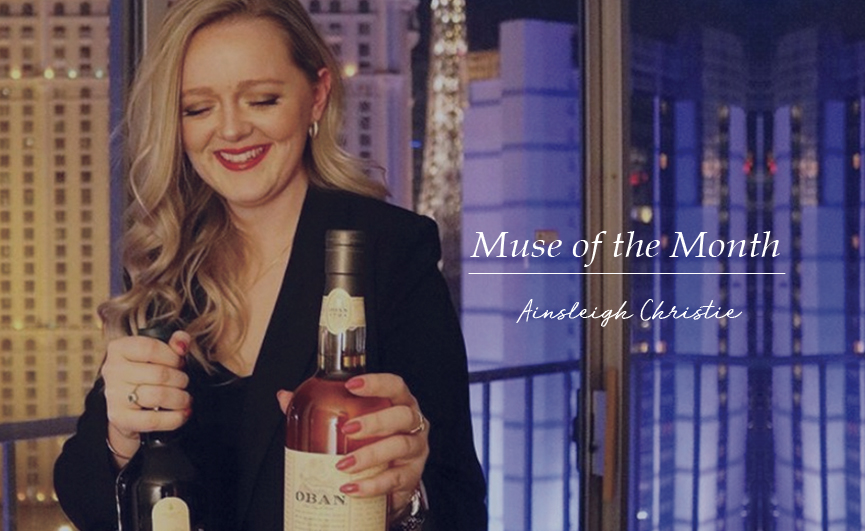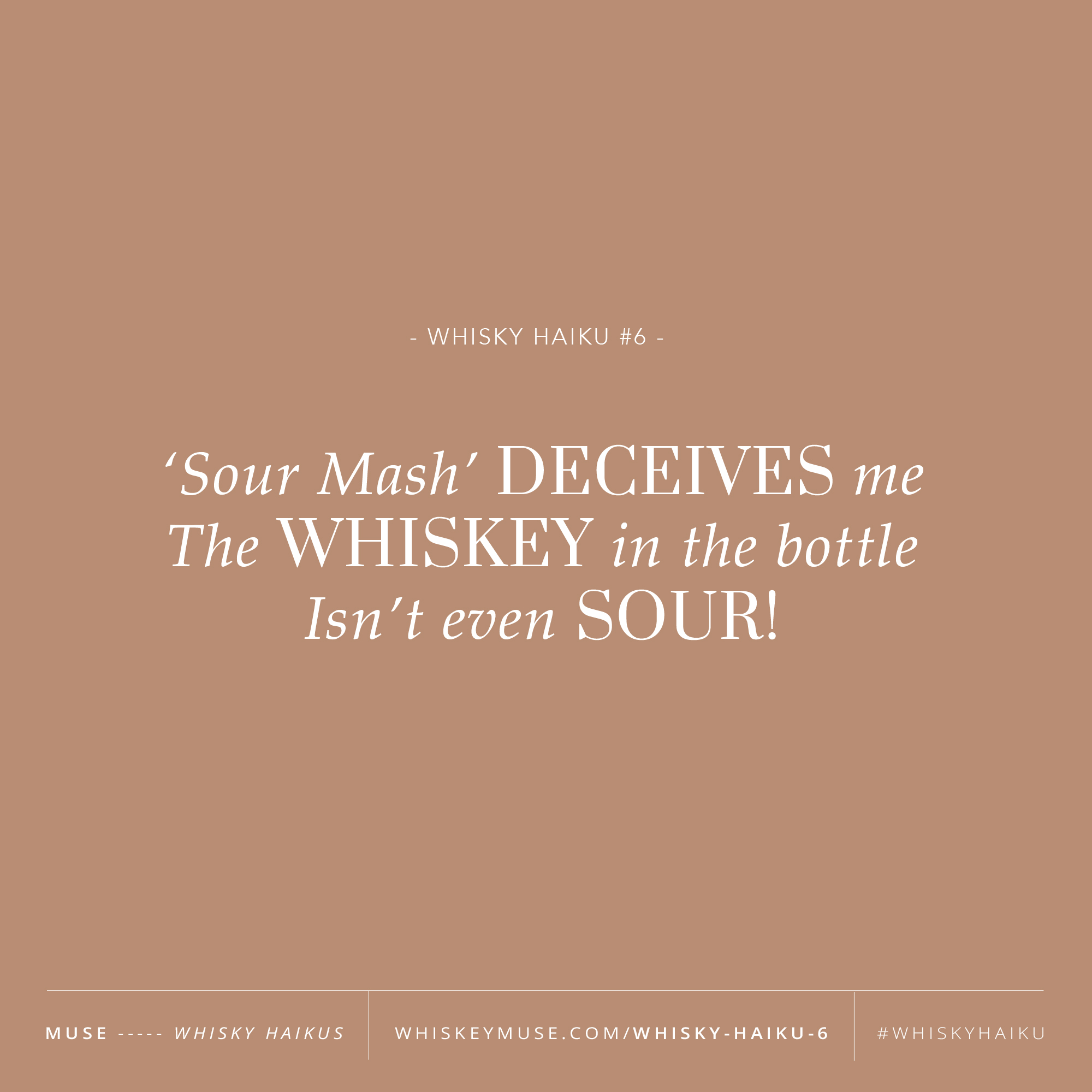
Canada is known for their blended whiskies and in fact are some of the best selling whisky brands in the world. But, did you know that Canada has some unique blending rules that are legislated which are unlike any other country which allow 50 year old Scotches to be blended in to a Canadian whiskies and sold, along with wine, bourbon and other spirits?
I’m talking about Canada’s 9.09% rule. If you’re unfamiliar, this rule has become infamous. This legislation within Canada, allows whisky producers to add up to 9.09% of non-whisky into their blend (or 1/11th of the composition of the whiskey) and still label it and sell it as Canadian Whisky.
Say what? Now before you mind starts racing with ideas of blending chocolate milk, slurpees or mushroom soup into the mix, there is a lot more to this rule than meets the eye.
So let’s start with the basic regulations around making Whiskey in Canada. Two of the things to note within Canada’s Food + Drug Regulations for Canadian Whisky, Canadian Rye Whisky or Rye Whisky note that whisky:
- It shall possess the aroma, taste and character generally attributed to Canadian whisky; and
- Can contain caramel colouring or flavouring
So essentially flavouring can be added as long as the whiskey still tastes like whiskey… whatever that means.
Okay so there’s additional legislation in Canada called the “Certificates of Age and Origin for Distilled Spirits Produced or Packaged in Canada Order” which is pursuant to the Department of Agriculture in Canada and was enacted on July 1, 2009. The legislation states that whisky that is to be exported as a blend can contain up to 9.090 per cent imported spirits in it, and still be labelled as a Canadian Whisky, Canadian Rye Whisky or Rye Whisky.
However, within additional Canadian legislation, flavouring which was noted above is defined as “… any spirit or wine, domestic or imported…” and a spirit must be distilled and bottled at no less than 40% ABV. Legislation further notes for whiskey in which an imported spirit is added as flavouring, that said imported spirit must be aged for a minimum of two years. In other words, while straight bourbon or cognac could be added, vodka, gin or blanco tequila could not.
So if you’re still thinking, but Reece, regardless of that, you can still add Port from Portugal, or Sherry from Spain or an aged Rum from Bermuda right into the mix and still call it a Canadian blended whiskey? That seems whack.
Well, I had an opportunity to talk to Davin De Kergommeaux a bit about this regulation to get some clarification and as he described to me, most whisky styles around the world except for bourbon, actually add other spirits to them - they just do it in different ways. As he noted to me, any cask finished whiskies (so Port, Sherry, Rum, Beer etc.) has about 6–7 litres of that wine/spirit in the cask when the whiskey is put in because as the spirit ages, the liquid is absorbed by the oak - now in fact, it’s actually the whole crux of finishing a whisky. Canada, however, is just one country that permits the direct addition of spirits or wine into their blends instead of having to purchase expensive casks to do the same thing via extraction from the wood.
Have a story to tell about whisk(e)y in the form of a Haiku? Tag me in it and use the hashtag #whiskyhaiku




